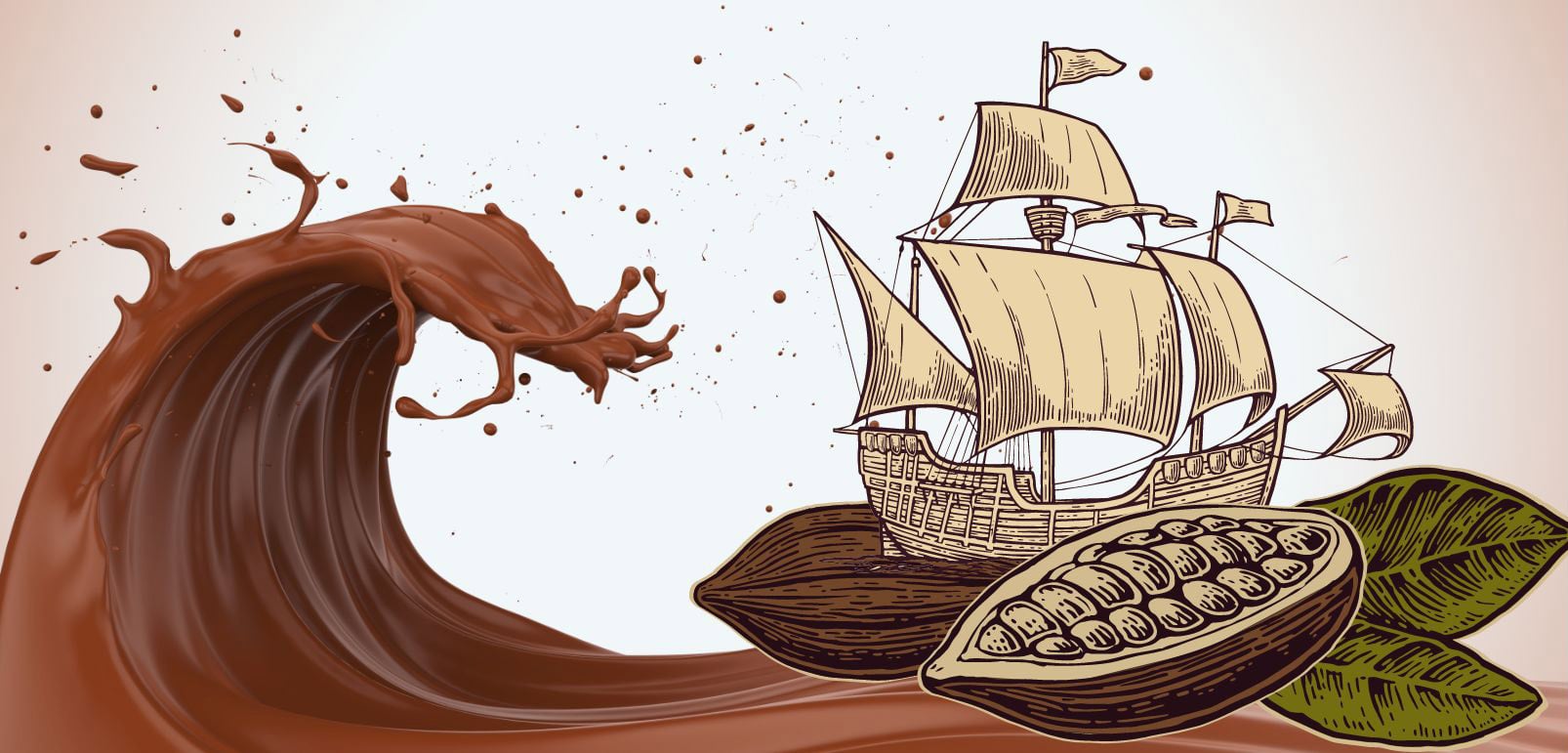Baking their way to a new life. Interview with Chef Brozzetti: from a three-starred restaurant to a confectionery workshop in Padua prison.


The Lavoratti story begins in 1938, when confectionery and drink sellers would walk the beaches of Liguria offering their wares to beach-goers. A few years later came the first shop in the centre of Varazze. Chocolate went from being “a” product to “the” product.
The pandemic and the economic crisis have made the past few years particularly difficult, and business is struggling.
When you ask Fabio Fazio what made him decide to invest in chocolate, his answer leaves you in no doubt: it was a choice from the heart.

“When I or Davide tell friends and acquaintances we decided to invest in Lavoratti 1938 and the art of chocolate, they all smile. And well they might, because “chocolate” is a feel-good word that puts a smile on everyone’s lips. I’ve always tried to spread a good mood wherever I’ve been and whatever I’ve done in my life. This project is another way to create sweet memories - and it's a tribute to my childhood.
Varazze is a small town. My grandparents and father were born and raised here. I grew up on those beaches, wandering a thousand times over the little coves and twisting paths that connect and divide the land from the sea. Easter was the best time of all. I’d wait excitedly for the chocolate egg. I could smell the aroma just from the thought of it! Make no mistake, My Easter egg was pure Lavoratti 1938. Every year, I'd parcel out the chocolate to make it last as long as possible. I loved that chocolate. When I found out the company was at risk of closing, my decision was immediate, and instinctive.
”

All this has led to a passionate project of socioeconomic redevelopment, based on a product that few can resist. The production system was completely refurbished, and the entrepreneurs embarked on a thorough research of the very best ingredients, like the award-winning cocoa beans grown at the Hacienda San José in Ecuador. Great attention was also paid to social responsibility and sustainability, issues which are very important to the new owners.
The business has now been completely refurbished.
The whole team worked tirelessly on every aspect of the supply chain and production chain, establishing a new model for growth and a more efficient business strategy, based on minimal waste and organic ingredients processed by hand, as part of the overhaul of the company’s governance. It had to be the kind of chocolate that would create a new life, not only for the Lavoratti brand but also for Fabio and Davide, who brought in outstanding talents such as Corrado Assenza, an internationally-acclaimed confectioner from Sicily. Corrado, who chooses his authentic and original ingredients with meticulous care, is considered an artisan of the raw material and a staunch defender of quality, harmonising flavours and tantalising the tastebuds with his highly original and characteristic creations.

Of course, enthusiasm and product offer were also revitalised, with the aim of winning an even greater slice of the market. Still, the product range is closely tied to the brand’s artisanal principles, because Lavoratti 1938 is preserving its identity as a chocolate workshop, while drawing on the power of modern technology to raise production efficiency without impairing the quality.
It’s a brand-new journey with new vistas in sight.
Corrado, our master chocolatier, describes the precious chocolate of San José as a “vessel” on a voyage to discover the exquisite treasures of the Mediterranean, those carefully-selected premium ingredients blended into sumptuous combinations of tastes and flavours.
For this trip, Fabio Fazio has set sail with passion, instinct and a touch of “crazy”. Like any adventure worthy of the name, this one needs a travel journal, and so of course there is also an editorial project.

From the start, Fabio’s idea was to create a story, with the flavours as protagonists. The brand’s eco-sustainable packaging and graphic identity are also closely linked to the “book” concept, while the product range looks like a series in which each story is a journey.
“The series of bars in different flavours is packed in a box, just like a set of books would be. Then there are chocolate pencils and pralines made to look like mini-books. And just like in publishing, there’ll be special editions and monographs.
”
As “chocolate publishers”, the company will also be producing limited-edition “pages” and “mini-books” to form a library giving the consumer new insight into the history of chocolate, the Mediterranean, and of course, the story of Lavoratti 1938.
Corrado Assenza is obviously the poet: the intellectual of flavour, using ingredients in the same way as a writer uses words. Corrado wants to know every member of his team in person, just as he knows all the plantations, producers and salt mines that supply Lavoratti 1938, as he carefully selects each pistachio, citrus fruit and grain of salt. On the company’s website you’ll find a map, where you can identify each ingredient, its origin and characteristics.
Making chocolate - especially premium chocolate - isn’t as easy as it looks. But if chocolate brings good cheer, then the rebranding of Lavoratti 1938 is certainly restocking our reserves of good cheer.

Baking their way to a new life. Interview with Chef Brozzetti: from a three-starred restaurant to a confectionery workshop in Padua prison.
“Mafie in pentola”: cooking up a culture of legality. The theatre performance that shines a spotlight on the unique produce grown on lands seized from the Mafia.
